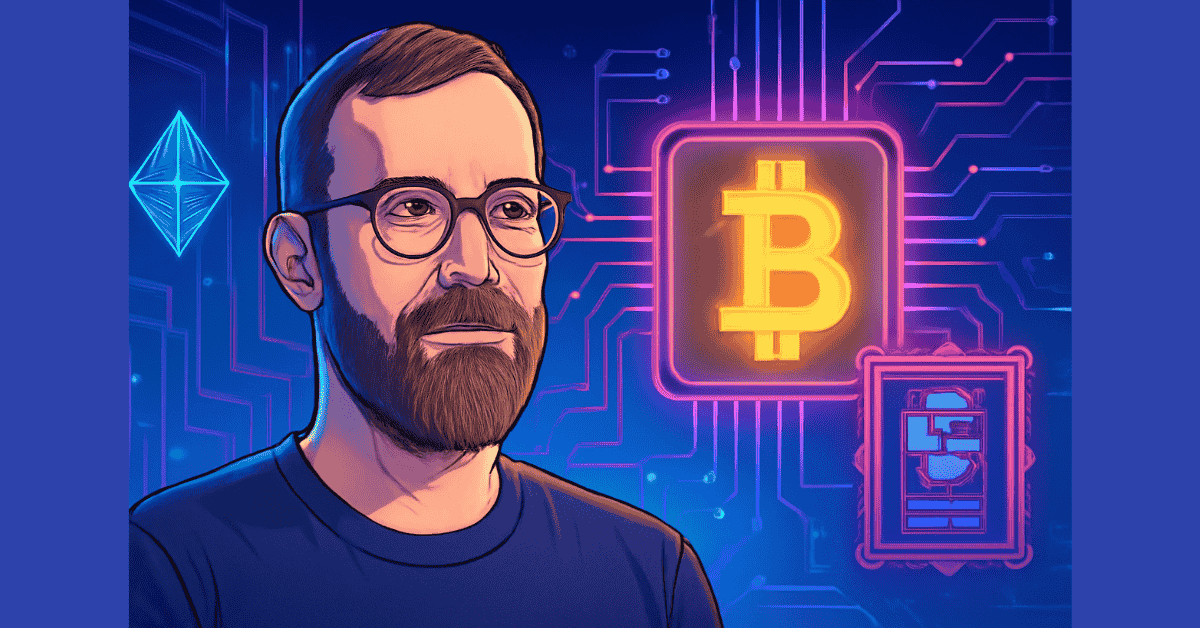
Rodarmor & the NFT Revolution on Bitcoin
Casey Rodarmor is not only a software engineer but also a digital artist with a unique vision of how blockchain can become a canvas for creativity — not just a medium for storage and transactions.
With a background in computer science and experience working at tech giants like Google, Rodarmor spent years contributing to Bitcoin Core. However, his breakthrough came from blending art with blockchain.
1. Ordinals – Turning Bitcoin Into a Canvas for Art
In 2022, Rodarmor introduced Ordinals – a groundbreaking method that allows permanent data inscriptions on individual satoshis, the smallest unit of Bitcoin. This innovation wasn't just a technical feat; it opened a new era of NFTs on Bitcoin — something previously thought impossible due to the network’s rigid design.
Ordinals proved that Bitcoin could host digital creativity just as powerfully as Ethereum. Despite controversy in the community over concerns about “clogging” the network, Rodarmor stood firm in his belief that Bitcoin must evolve to stay relevant for the next generation.
2. Runes Protocol – Shaping the Future of Fungible Tokens on Bitcoin
Not stopping at Ordinals, Rodarmor later developed the Runes Protocol — a new fungible token standard that is simpler than BRC-20 and better aligned with Bitcoin's UTXO model.
Runes was designed to attract both developers and everyday users by minimizing the complexity of creating and managing tokens. With Runes, Rodarmor aims to expand Bitcoin’s DeFi ecosystem without needing external layer-2 solutions.
3. An Artist Using Bitcoin as His Medium
For Rodarmor, programming isn’t just a technical craft — it’s an artistic process. From building electronic musical instruments to programming visual effects, every project he touches bears the mark of a hands-on creator.
From that perspective, Bitcoin is more than a cold, transactional ledger — it becomes a material for expression, innovation, and inspiration.